By Obi Nwakanma
I WAS home to Imo State this past May to bury my father who died on May 3 at the Federal Medical Centre in Umuahia and was buried on June 6, 2009 in his home at Mbaise. Just as an aside, I wish to thank all those who through their messages, gifts, prayers and presence supported and stood by my family throughout the period of the funeral rites.
They are, of course, too numerous to mention here. I took time off in that period between May and July after the events to do some research, and travel widely across Nigeria, and particularly within Eastern Nigeria. I spent a lot of time in my country home and in Owerri visiting, listening, observing and talking with folk.
Two things struck me immediately: Owerri, the main city of Imo State is overweight and bulging with people. The population explosion in Owerri is not inexplicable: the situation in the Niger delta has forced many families to relocate to the relatively safer and nearby cities in Aba and Owerri only between thirty and forty-five minutes away from Port-Harcourt. As an uncle of mine also hinted to me, many people especially from Imo State who retire are finding Owerri an amenable and convenient place to resettle, away from the hurly-burly of Lagos, and indeed sometimes, of New York.
That is a good thing for Owerri, and for its economic and social development; but it does seem that the Imo state government has not yet cottoned on to this, or anticipated the rapid human influx into Owerri, a phenomenon of growth to which it must respond. The effect is that the expanding population growth of Owerri has not quite been matched with infrastructural growth. Indeed the city of Owerri is increasingly a commuter’s nightmare.
There are frequent traffic jawlocks, never before known in that city, as much from the number of new cars and commuters on the streets as from unpaved corrugated roads flooding from the seasonal rains. Many of the city streets and roads built in the Mbakwe era are in urgent need of repair, while newer city streets and evolving layouts seem haphazard, unplanned, unpaved, and without macadam. Above all, the extant design of Owerri is convenient and limited to a much smaller population cluster, and require a new urban re-design, expansion and redevelopment both to accommodate contemporary realities and to anticipate, even stimulate new economic growth and investments.
The second thing that struck me, and this in the general background to Governor Ikedi Ohakim’s signature statement about creating the “new face of Imo,” is that Ohakim’s new face of Imo seems to be more on billboards than on actual terra firma. Everywhere you go to in Owerri, you’d encounter in bold, colourful billboards, advertisements with Governor Ohakim’s face, or the chubby faces of Kanu Nwankwo and Onyeka Onwenu, proclaiming the new face of Imo, and on the roads, other billboards that advertise the ambitions of what is called IRROMA; the sobriquet for “Imo Rural Roads Maintenance Agency.”
Rural roads in Imo, of course remain atrocious. I had many a bumpy ride myself on those rural roads. It did seem to me, and this is the point, that Ikedi Ohakim’s program in Imo State resides more in the imagination and in slogans rather than in actual output.
I did encounter a lot of cynicism and chuckling about the “new face of Imo” and to be fair, I also encountered some, like the university don, Dr. Nath Onu, director of the Centre For Erosion Studies and professor of geophysics at the Federal University of Technology, Owerri, who saw some hopeful signs: “we must give the governor a chance.
“Too many things went wrong before him!” he said. Such optimism did not cut it in real terms for me. So I asked a friend of mine who works closely with the governor currently, whom I visited: “where is this new face of Imo?” and he did say, “we have the ideas, people like Fashola in Lagos have the money.” Now, ain’t that something? I was tempted to ask about what happened to the grants that a state like Imo received, and let’s not even talk about the local taxes, since there are no obvious new investments in infrastructure statewide: in education, there have been no upgrades in schools facilities from the primary to the tertiary.
Owerri could have been a better fallback city to all those expatriates fleeing Port-Harcourt, but both residential and commercial property development in the city is rather basic; cultural life, including the prospects of divers dinning experience is limited; there is simply nothing to do in Owerri except the weekend carousals of sex tourists, in a city where the major investments are mostly in three-star hotels, always booked to the full at the weekends. There has to be something more to the new face of Imo beyond the billboards and the rhetorics.
There has to be more within the plan and its actual implementation to relocate the state’s “talented tenth” back from the dispersal, for one clear phenomenon which has attracted scant attention is diminution of local productive capacity: the average population in Imo State, as in much of the South-Eastern Nigeria, especially in the rural areas is mostly an aged rather than a young population. Rural development has collapsed.
There is little going on. The best, most qualified and active population are outside of Imo State. Real economic and social development is about highly developed manpower. To start with, the real new face of Imo must show not only a bold new plan, beyond the promises on the billboard, but also must begin with actual redevelopment and expansion of the urban facilities in Owerri, Okigwe, and Orlu.
Subscribe to:
Post Comments (Atom)

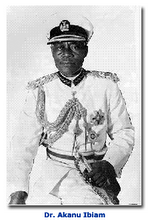
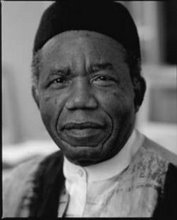
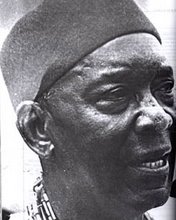

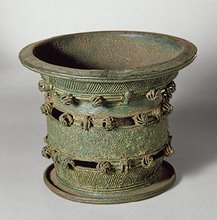
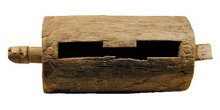
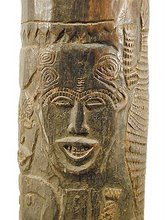

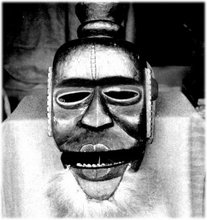

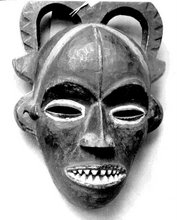
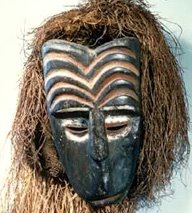
No comments:
Post a Comment